
I think I may have jumped the gun in late 2020 by declaring that the OnePlus Nord might offer price-to-performance perfection because clearly, I hadn’t thought about Xiaomi’s efforts in the mid- to-low-end range. If you want a taste of things often reserved for far more exorbitantly priced devices, then the Poco F3 is an absolute steal.
I think it would be criminal to dismiss this true follow-up to the cult classic and 2018 budget segment disruptor Poco F1. This might be the best budget phone available today, or even the best bang-for-your-buck smartphone for 2021.
Table of contents
Video — Poco F3 review
Subscribe to 9to5Google on YouTube for more videos
Hardware and design
The very definition of “premium” has shifted so much in recent years that it’s hard to decipher just what it means any longer. When we’re seeing supposed flagship smartphones like the Galaxy S21 drop formerly “premium” materials such as glass in favor of plastic for the main rear panel, then it can cloud our own perception of what constitutes “high end.”
The Poco F3 feels far better than its predecessor the Poco F1. Notice how I’m not counting the Poco F2 Pro here, as I feel like it wasn’t a true follow-up courtesy of the “Pro” moniker, but still is a fantastic budget-oriented flagship device. Sticking to the relatively short mainline Poco series, you can see some fairly huge design leaps.
Having spent time with the similarly excellent Xiaomi Mi 11, Poco raided the parts bin and decided to grab some of the Mi 11 trim for the F3. It’s a nice-looking device that is simultaneously a hotbed for fingerprints on the glossy rear panel of the Night Black color. At this point, I have just accepted that the device will look grubby and greasy, as I like the super-thin torso when used without a case. This really is a svelte smartphone that feels light but fairly sturdy, which is always a nice thing.
I’m less worried about using the Poco F3 without a case. The lower entry price and Gorilla Glass 5 rear panel are reasons for this, but you get a case in the box if you are worried about dropping it. I just like the feel in the hand, having come from much chunkier devices that are way heavier and hard to handle.
The usage of what at first seems like a normal power button as a fingerprint scanner is something I really like here, too. Unlike many other side-mounted scanners that are recessed, it just feels better integrated into the button and in no way mushy. It’s fast and accurate too, which really helps.
Display

This is one area in which I cannot fault the Poco F3. This is a sub-$400 smartphone with what is a very good 6.67-inch AMOLED panel, plus it has the added bonus of a 120Hz refresh rate. Then, factor in the added bonus of it being completely flat, and you have a real winner. Sure, the bezels are not exactly the smallest, but who cares when this is a sub-$400 smartphone?
A super-tiny display punch-hole is yet another — pun intended — massive bonus. Just remember to set the refresh rate to 120Hz when setting up, as it’s set at 60Hz out of the box. The pre-applied screen protector has already proved useful, as I’ve managed to prevent a few serious gashes to the display, even after just a week or so of daily usage.
Software and performance

Unlike the original Poco F1, the F3 doesn’t come with the highest-end internals available on the market. Instead, the Snapdragon 888 is ditched in favor of the brand-new and still very capable Snapdragon 870 chipset. As you probably already know, this is an overclocked Snapdragon 865+ — itself an overclocked 865.
Effectively, this means that performance levels are just a few steps below the latest Snapdragon 888, but a step or so above the 865+. You’re getting the second-fastest Qualcomm chip currently available, which can handle just about anything you can throw at it.
Personally, the faster UFS 3.1 storage is where I noticed the immediate benefits. Often affordable smartphones just forgo fast storage in favor of the highest-end chip. The Poco F3 hits a nice middle ground, so you get a bit of both.
My only problems appear to be software-related rather than hardware performance-related. Some menus can hang, while some animations can be suddenly cut short. It leaves a bad taste in what is otherwise good everyday performance. MIUI 12 is still a little bit buggy and needs a lot of polishing to really leave me confident enough to use it daily.
Notifications will sometimes never arrive, and I noticed WhatsApp in particular would go into what I can only describe as a deep sleep and have me missing notifications for hours until I actually manually opened the app. Xiaomi is not the only Chinese firm to favor very aggressive app background process management, but it really does start to hold back my love for using the firm’s devices.
I haven’t really done enough to push the Poco F3 to its limits, but the brief period of gaming I have done was pretty much flawless. I think this could be one of the best affordable gaming phones of the year, courtesy of the 120Hz display, and the not-quite-flagship but still excellent internals.
One thing I need to note here is that I noticed severely different signal levels when putting my SIM card in slot 1 versus slot 2. I couldn’t figure out why this seemed to be a problem, as my UK carrier — Three UK — is fully compatible with this GSM-only device. I’m still not sure what the issue could be, but signal levels could be significantly worse when using the “main” slot over the backup. It’s just something to note if you also see some problems.
Camera

Now, naturally, the camera is no world-beater here. That said, I managed to take some solid stills with the Poco F3 in good lighting. The 48-megapixel main sensor won’t win any awards, but you’ve got a good array of options right at your fingertips. It’s only really when you punch in where you’ll start to see things fall away.

Night mode 

main wide 
telemacro 
ultrawide
I’m glad that Xiaomi has tuned their colors over the past few years, as while I wouldn’t say the color reproduction is perfect, things look closer to what my eye sees than the oversaturated efforts on previous devices. But Xiaomi does need to fix the color shifting issues when switching lenses. The difference between the main, telemacro, and ultrawide means that colors can be drastically different when using the various lenses on offer.


portrait mode 


Images are still sharp, have fairly good dynamic range, and in more consistent lighting, you can do a lot with the setup here. The Night Mode is hit and miss. Things get soft, and although images are more than usable, there are better night shooting modes out there. Overall, there are faults, but the Poco F3 camera setup is good enough, given the rest of the package.
Battery
I wouldn’t call the battery exceptional, but boy does the Poco F3 last a long time. I think some of that is down to the app process management, but it handles even the heaviest of days without too much pressure. I actually thought the 4,520mAh battery might be a sore point once I activated the 120Hz display. That fear was unfounded, though, in my seven-day usage window.
Only on two occasions did I think I might need to top up before the end of the day. One of those was after using 5G and GPS for several hours while out on a long dog walk, but the F3 hung on until around 10% before the end of the day.
The 33W fast charging could be a little faster in 2021, although personally I would have taken slower wired charging if Xiaomi could have added Qi wireless charging. It’s the only thing I’ve actively missed as I like to leave my phone on a OnePlus Wireless charger at my desk so I can see the display. Maybe the Poco F4 will finally add the wire-free charging option.
Tidbits
- Haptics — the haptics are genuinely excellent and just a tiny bit below the similarly excellent Xiaomi Mi 11s vibration-based feedback.
- Stereo speakers — Having true stereo speakers is awesome, but I found the maximum volume wasn’t quite as high as I would have liked. Things sound a bit tinny, but overall they are fairly good if you don’t like to blast things out at high levels.
- Bloat — The Poco F3 comes pre-installed with Amazon, LinkedIn, Facebook, PUBG Mobile, and Agoda, plus a couple of others. It’s still jarring, but all can be uninstalled and likely help keep the entry price down.
Final thoughts
If MIUI 12 can get out of the way a little more, and gestures can start working properly with third-party launchers, I could genuinely see myself dropping the Pixel 4a in favor of the Poco F3. That’s probably the biggest compliment I can give this device. It’s strong in just about every single area in a similar manner to the original Poco F1.
The screen is a high point and really rounds off what is a just a very, very good affordable smartphone. If you want a little taste of everything at under $400 then it would be hard to recommend picking up anything else. That said, it’s a tough phone to recommend in the US because of the 5G band support. Naturally, that won’t stop this from becoming one of the best-selling value phones of the year.
Xiaomi has taken the Poco F1 formula and managed to tweak and improve to the point that it’s hard to recommend anything else on a tight budget.
FTC: We use income earning auto affiliate links. More.
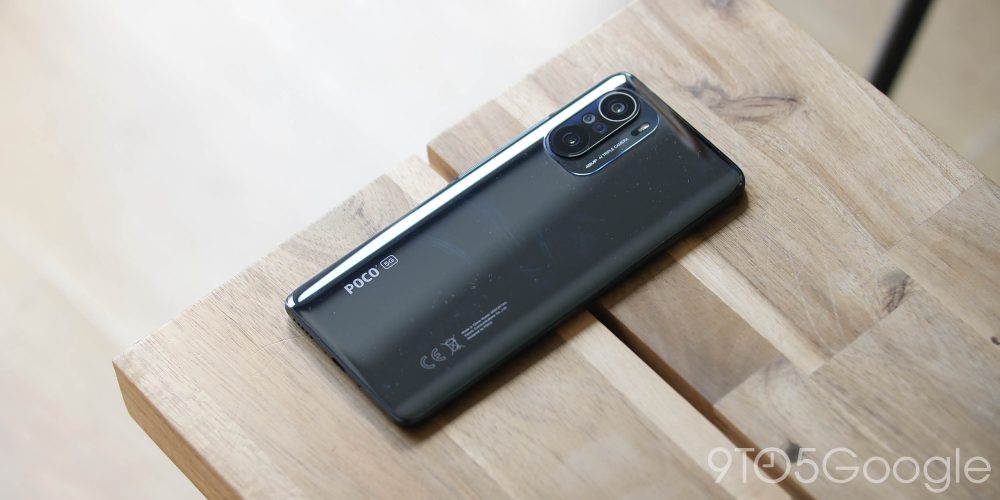

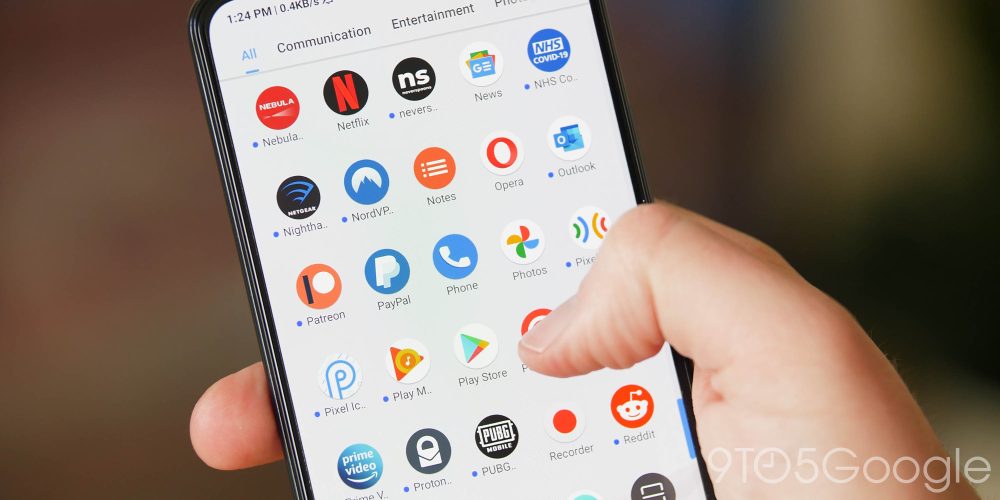
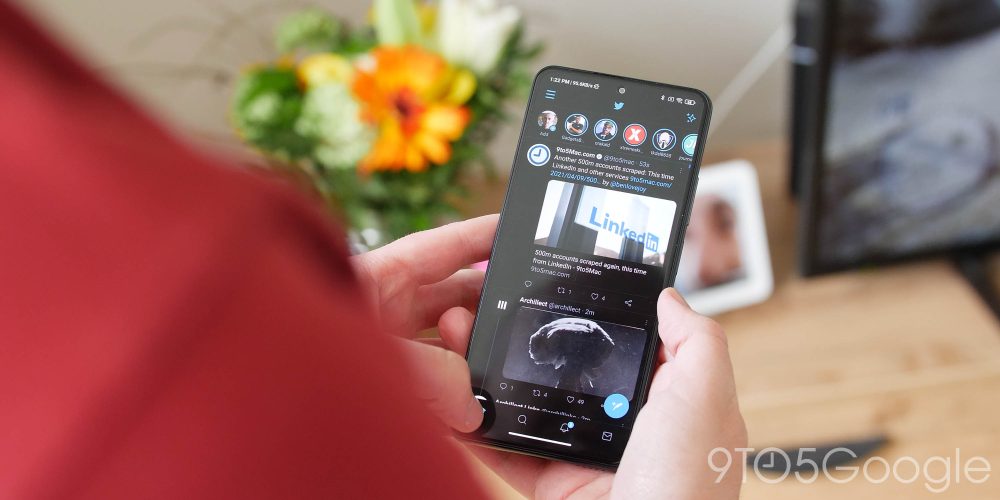

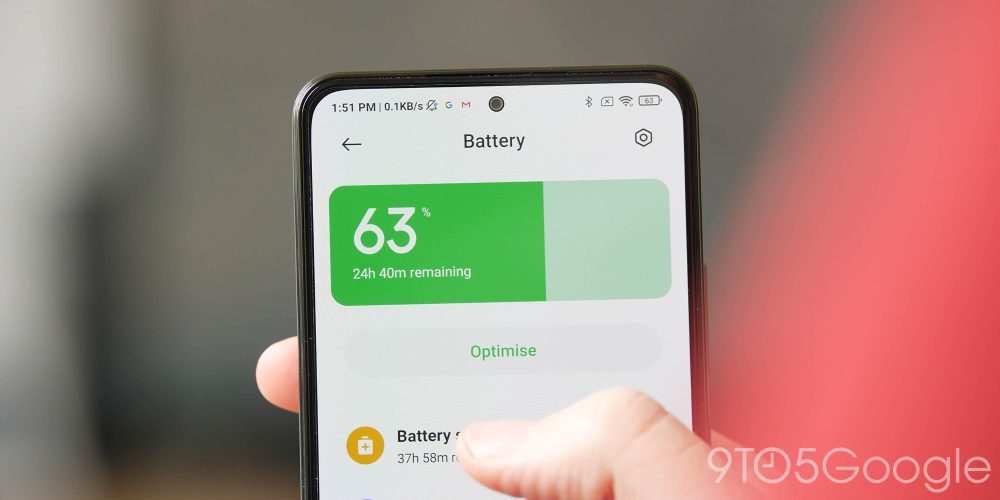
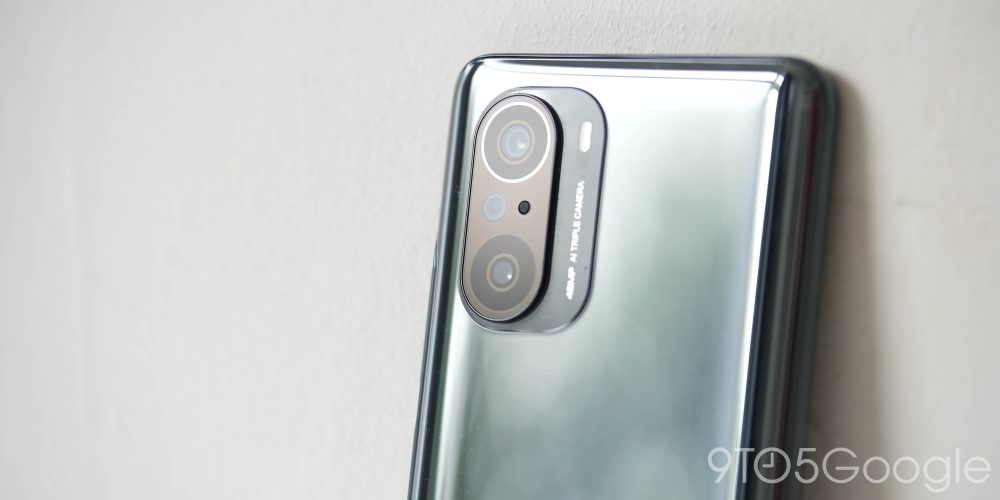
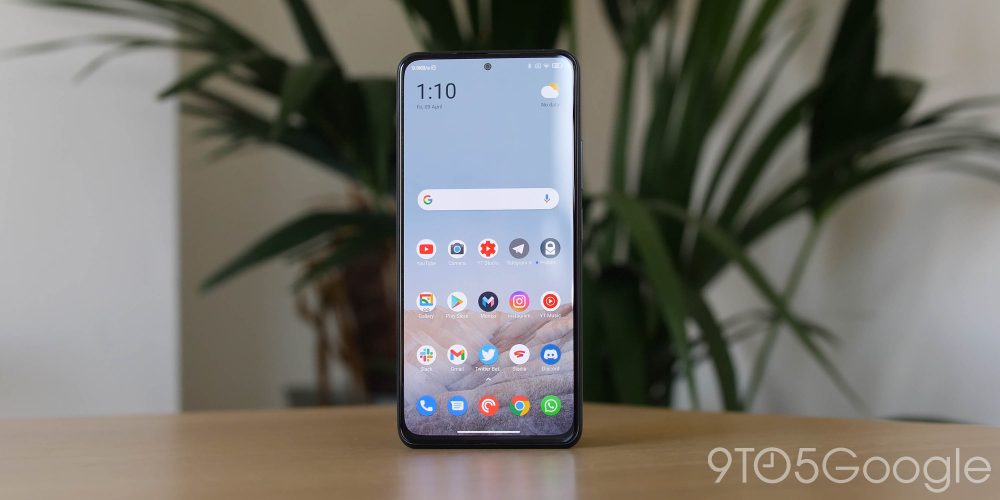



Comments